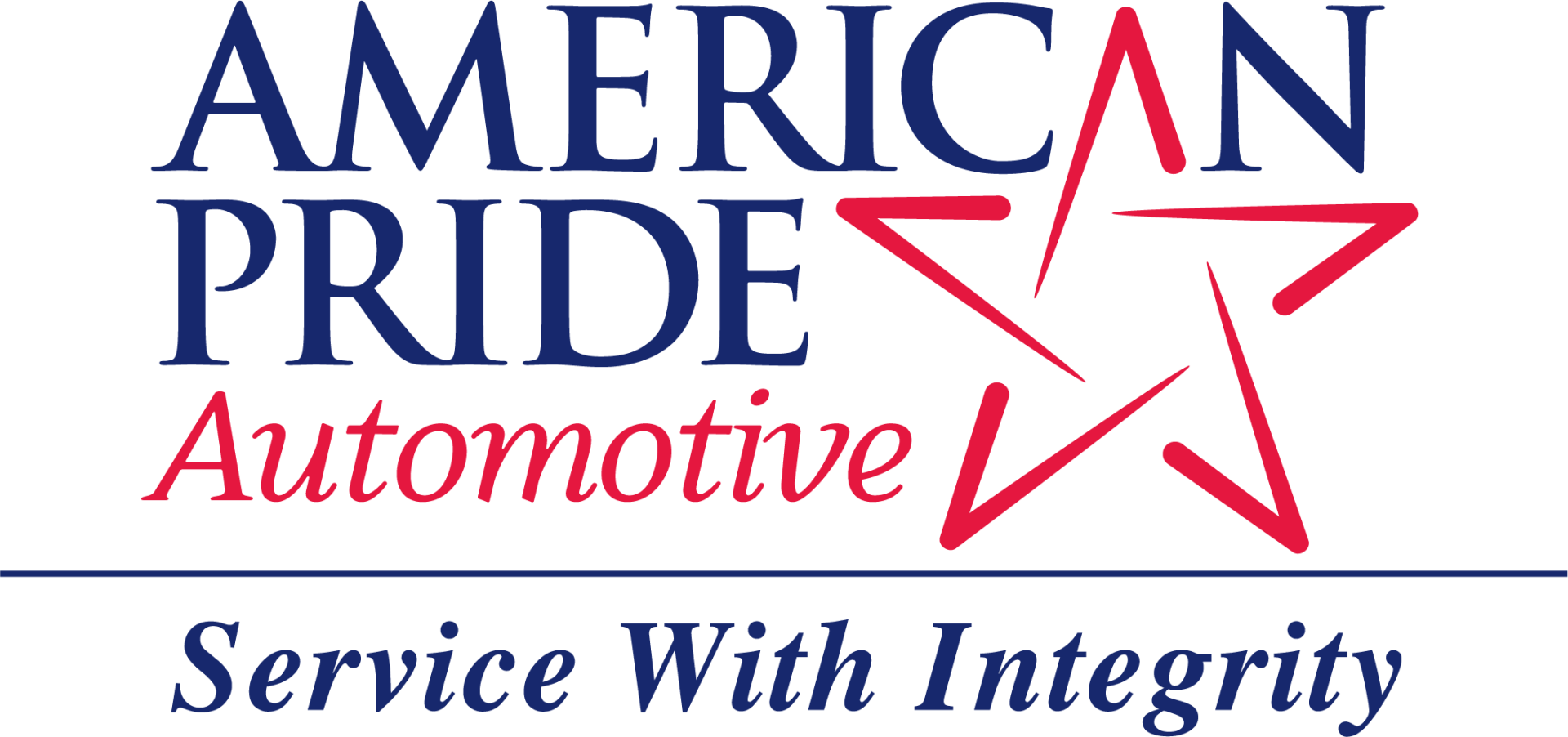TIRE BUYING TIPS
American Pride Automotive • June 3, 2011

Buying new tires for your car, truck, van or SUV can be a daunting challenge. There are so many choices and advertisements, it’s hard to know what’s right for your vehicle and the way you drive. However, it’s worth it to take a little extra time and make sure you get the right tires — correct tires can improve safety, gas mileage and even the amount of time before you have to replace them.
We see lots of tires come in and have a few suggestions for when it’s time to replace your tires:
1 – Don’t buy the cheapest tire. It’s a cliche, but you have a lot riding on your tires. Good tires are an investment in safety, gas mileage and overall performance and handling. Cheap tires are inexpensive to buy but are often more costly in the long run when you end up replacing them sooner.
2 – Don’t buy used! Used tires simply don’t provide the ride, handling, and performance you need. Even with used tires, you’re paying the labor to balance and mount the tires, so the savings often isn’t much by the time you add in labor charges.
3 – Know the numbers and get the tires that are right for your vehicle. Don’t compromise — go with what the manufacturer recommends for your vehicle — you’ll find that information in the owners manual, and on a sticker inside the driver-side door frame. It’s important that you get tires at least as highly rated as what the manufacturer suggests.
4 – Check the wheels — if you have damaged wheels, it’s only a matter of time before you have tire failure. The wheel is what the tire is mounted to and bent or damaged wheels can reduce the life of your new tires.
5 – Replace all four. Even if one or two of your tires still have some life left in them, it’s best to replace all four at the same time. If you like, you can always have the tire with the most tread mounted as your spare (if your vehicle uses a full-size spare). Today’s suspension systems work in unison, and having a tire that doesn’t match in performance and tread depth can limit performance, and make it harder to identify other potential problems.
6 – Break your new tires in. Tires are slickest when they are new and there is less grip for the first few hundred miles while the compounds used during manufacturing wear off. Be particularly careful if you drive in rain during the first month or so after getting your new tires.
7 – Have them professionally installed. Don’t skimp on having your tires installed. A professional will do the job right the first time and will check other components while installing your tires, such as brakes and suspension. They will also stand behind their work and you’ll have the confidence of knowing the job was done right.
If you have any questions about your tires, when to replace them, or the type of tire to use with your vehicle, please give us a call (757) 595-4100 or stop by our Newport News/Newport News or Williamsburg location.

You’re driving home at night and it is raining cats and dogs. You can’t see but 20 feet in front of your car, but you’ve slowed down and are being extra cautious, so what could go wrong? Then you feel it. A sinking Cl-clunk. Maybe that “puddle” you saw ahead of you was deeper than just a puddle. Before you know it, your car is stalling in the high water in the middle of the road. Now what? First off, don’t panic. Turn on your hazards and crank the ignition once. If the car starts, make it dry land and pull over to assess the damage. If it does not start the first time, do not try to start it again. Doing so can result in a hydro locked engine and will likely necessitate the rebuilding or replacement of the engine. Unfortunately, if you find yourself stalling in water at all, your vehicle will probably need costly repairs. The best way to avoid water damage is to practice safe and smart driving in wet weather, which brings us to Part 2 of the Everything Auto “Blame it on the Rain” series (Find Part 1 here). Take heed of these severe weather driving tips: 1. TAKE NO CHANCES ON PUDDLES Even if the standing water ahead of you looks shallow enough to drive through, think twice. If the water is “rushing” or if other drivers are making a point to avoid it, don’t assume that your vehicle is the exception. Additionally, you never know the hazards that lay at the bottom of a puddle. Hidden potholes or debris can pierce your tires and jostle your alignment and suspension system. 2. IF YOU MUST TAKE A CHANCE, TAKE IT SLOW AND STEADY When you deem it necessary and safe to drive through water of questionable depth, go slowly. Speeding through a puddle, even a shallow one, can splash water into your vehicle’s intake and critically harm the engine. Like we mentioned last week, after driving through standing water, lightly tap your brakes to make sure they aren’t saturated and to dry them off. 3. KEEP A ROADSIDE EMERGENCY KIT HANDY Sometimes, no matter how careful you are on the road, accidents and vehicle malfunctions happen, especially in wet severe weather. That’s why it is extremely important to keep emergency supplies ready in the trunk for the worst case scenario. You can buy a preassembled one, but it is cheaper (and more rewarding) to assemble your own. What should you include? Edmunds.com provides an excellent comprehensive list of items, a few of which include: 12-foot jumper cables Four 15 minute road flares Two quarts of oil A gallon of antifreeze A first-aid kit. Find the rest of the list here We hope that this series has given you helpful safety insights and tips for driving in the rain! Remember that American Pride Automotive is always here to help and ready to answer any and all of your auto repair and maintenance questions! Call or contact us today.
